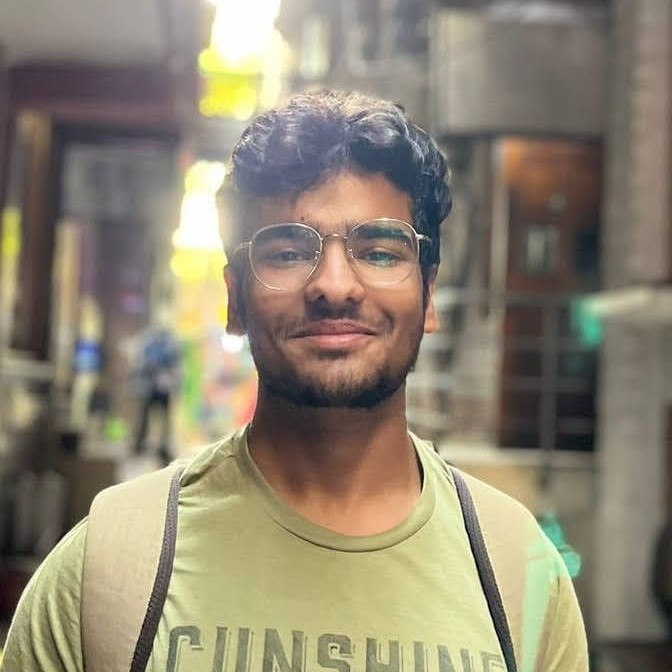About This Project
We are developing a frugal diagnostic for urogenital schistosomiasis, a neglected tropical disease that is responsible for over 200,000 deaths annually. Building off of the Planktoscope technology, we are working on a flow-through system that images patient samples and can identify infection via machine learning. This work is important because compared to the current method of diagnosis, our method seeks to improve the sensitivity and cost of diagnosis and allow for real-time detection.
Ask the Scientists
Join The DiscussionWhat is the context of this research?
Schistosomiasis is the second most prevalent parasitic disease in the world with high rates of infection in Sub-Saharan Africa. Currently, the main method of diagnosis is by urine filtration microscopy, which is a time-intensive and labor-intensive technique that has a low sensitivity for infection. This technique has a sensitivity of about 54% as many of the eggs may not be caught by the filter and can also be missed when counting by hand. With our system, we are trying to eliminate the need for filtration and counting eggs by utilizing a system that pumps the sample while simultaneously taking a video capture of the sample. This, paired with a machine learning model that can segment and classify eggs, would be able to sensitive and rapid diagnosis.
What is the significance of this project?
A system that can measure schistosomiasis sensitively, rapidly, and frugally could help people in rural and low-income areas get access to diagnosis. Ultimately, better diagnosis and data on schistosomiasis could help direct more efforts and funding towards treatment and prevention efforts.
What are the goals of the project?
Our overall goal for this project is to develop a system that is sensitive, rapid, frugal, and easily used. With this in mind, we will develop a robust data set of schistosomiasis haematobium eggs to be able to create a machine learning model to segment and classify levels of infection. We also will optimize parameters for our flow-through system and test out different designs. From there, we will work on the model to ensure that it is well-defined even for light infections of schistosomiasis in a variety of conditions and that it can segment and classify in real-time.
Budget
In terms of materials, we will need schistosoma haematobium eggs to develop our machine learning model and to validate our system. We will also need lab consumables and associated materials for testing. In future iterations of our project, we want to redesign the system to be smaller, cheaper and specific for schistosomiasis detection, which might require more materials than we currently have. We also have a budget for travel and for paying clinical partners so that we can visit communities affected by high rates of urogenital schistosomiasis infection. This is important to be able to gain a better perspective on how we should adapt the design of our product to fit the desires of users and to be able to collaborate with team members and communities affected by schistosomiasis.
Endorsed by
 Project Timeline
Project Timeline
Our first milestone is to be able to create an image and video data set of the schistosoma species of interest. Based on when we are able to locate some samples for us to use in our dataset, we can then move on to working on the machine learning model and integrating that with our flow through system.
Apr 19, 2024
Project Launched
Jul 01, 2024
Data acquisition of schistosoma haematobium eggs
Sep 01, 2024
Create sensitive and robust machine learning model to identify schistosoma haematobium eggs
Nov 01, 2024
Integration of machine learning model with the flow-through system
Meet the Team
Team Bio
We are a team that is passionate about creating low-cost technologies to impact public and planet health.
Chloe Laguna Logan
Chloe is a graduate student at Stanford University studying Bioengineering and Chemical Engineering. She is excited about using principles of engineering to help solve difficult problems. Specifically, Chloe is passionate about developing low cost strategies and technologies to help alleviate the impacts of water contamination in order to improve planet and public health.
Vaibhav Shokeen
Vaibhav is a computer science undergraduate student at Ashoka University, Sonipat. He is interested in automatizing inefficient manual tasks in the medical field and especially passionate about developing strategies and solutions to tackle the air pollution problem.
Lab Notes
Nothing posted yet.
Project Backers
- 3Backers
- 100%Funded
- $10,015Total Donations
- $3,338.33Average Donation


